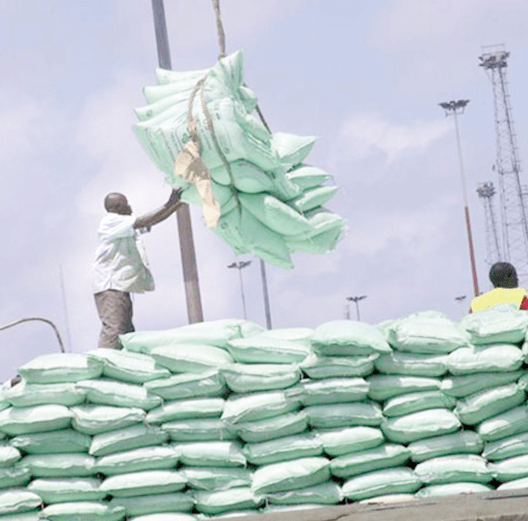Local sugar production dips 2.8pc in Q1, 2024

Sugar production dropped in the first quarter of 2024 by 2.83 per cent to 193,275 metric tonnes (MTs) from 198,895 MTs recorded in the previous year, new data from the Kenya National Bureau of Statistics (KNBS) shows.
The dip is an indicator of a broader trend in the country, having realised a 40.6 per cent drop in total production from 796,554 MT in 2022 to 472,773 MT in 2023, due to a shortage of sugarcane occasioned by a five-month milling ban imposed by Agriculture and Food Authority (AFA), to allow immature sugarcane to mature.
However, production is expected to pick up with increased cane deliveries. The KNBS data shows cane delivery in the first quarter rose to 2,304.39 MT, compared to 2,170 MT in the same period last year.
This upward trajectory indicates a robust recovery for the sector, suggesting that the challenges faced previously, including adverse weather conditions, may be stabilising. The improved cane deliveries also signal a potential to exceed the previous year’s total delivery of 5,483 MT.
Highest amount
Industry data shows that as of 2022, the production of sugar cane in Kenya peaked at roughly 8.7 million metric tonnes, up from 7.8 million metric tonnes in the previous year and was the highest amount in five years. “Cane deliveries rose by 10.4 per cent from 756 thousand MT in February 2024 to 834.9 thousand MT in March 2024,” says KNBS report.
This is happening eve as the United State Department of Agriculture (USDA) Foreign Agriculture Service (FAS) wagers that Kenya’s sugar production is expected to rebound significantly in marketing year 2024/25.
The FAS has projected production to increase by 40 per cent compared to the previous year, reaching 750,000 metric tonnes (MT), a growth it attributes to an increase in the area harvested after the expiration of a ban on sugarcane harvesting issued by the regulator in 2023/24. Additionally, more efficient sugar extraction from new sugar mills contributes to this positive trend.
Currently, there are 15 sugar factories in the country with a combined capacity to process about 44,450 tonnes of cane per day (TCD). Despite these investments, self-sufficiency in sugar has remained elusive over the years as consumption continues to outstrip supply.
Despite perennial challenges faced by domestic producers, annual consumption levels remain high, at an estimated 1.14 million metric tonnes (MMT), including about 980,000 metric tonnes of mill brown or white sugar and 160,000 metric tonnes of white refined sugar.
Last year, in response to the sugar shortfall, authorities allowed duty-free imports from outside the Common Market for Eastern and Southern Africa (Comesa) region.
Allocations progressively increased from 100,000 tonnes in January; 180,000 tonnes in May; 290,000 tonnes in August, and 250,000 tonnes in October. The National Treasury has since extended the duty-free import window until June 30, 2024, facilitating an additional 250,000 tonnes.
These duty-free imports, combined with a rebound in local production after the milling ban was lifted, have contributed to stabilising sugar prices in Kenya. Prices dropped to Sh165 per kilogramme in March 2024, down from a high of Sh229 in July 2023.
This as the global sugar market is experiencing a mix of challenges and opportunities in 2024, that could significantly impact Kenya’s local sugar sector.
Major sugar producers like India and Thailand are forecasting production drops, which could tighten global supply and lead to higher prices.
Domestic supply
India may halt exports entirely after shipping six million metric tonnes (MMT) last season driven by domestic supply concerns as adverse weather conditions have impacted crop yields, while Thailand’s exports are projected to fall from 7.5 million MMT to just four million MMT, further tightening global supply.
However, the outlook is not entirely bleak. An influx of raw sugar from Brazil’s 2024/25 crop launch in the second quarter of 2024 is expected to alleviate the deficit and stabilise prices by the end of the year. This could help offset the impact of reduced exports from India and Thailand on Kenya’s import costs.












